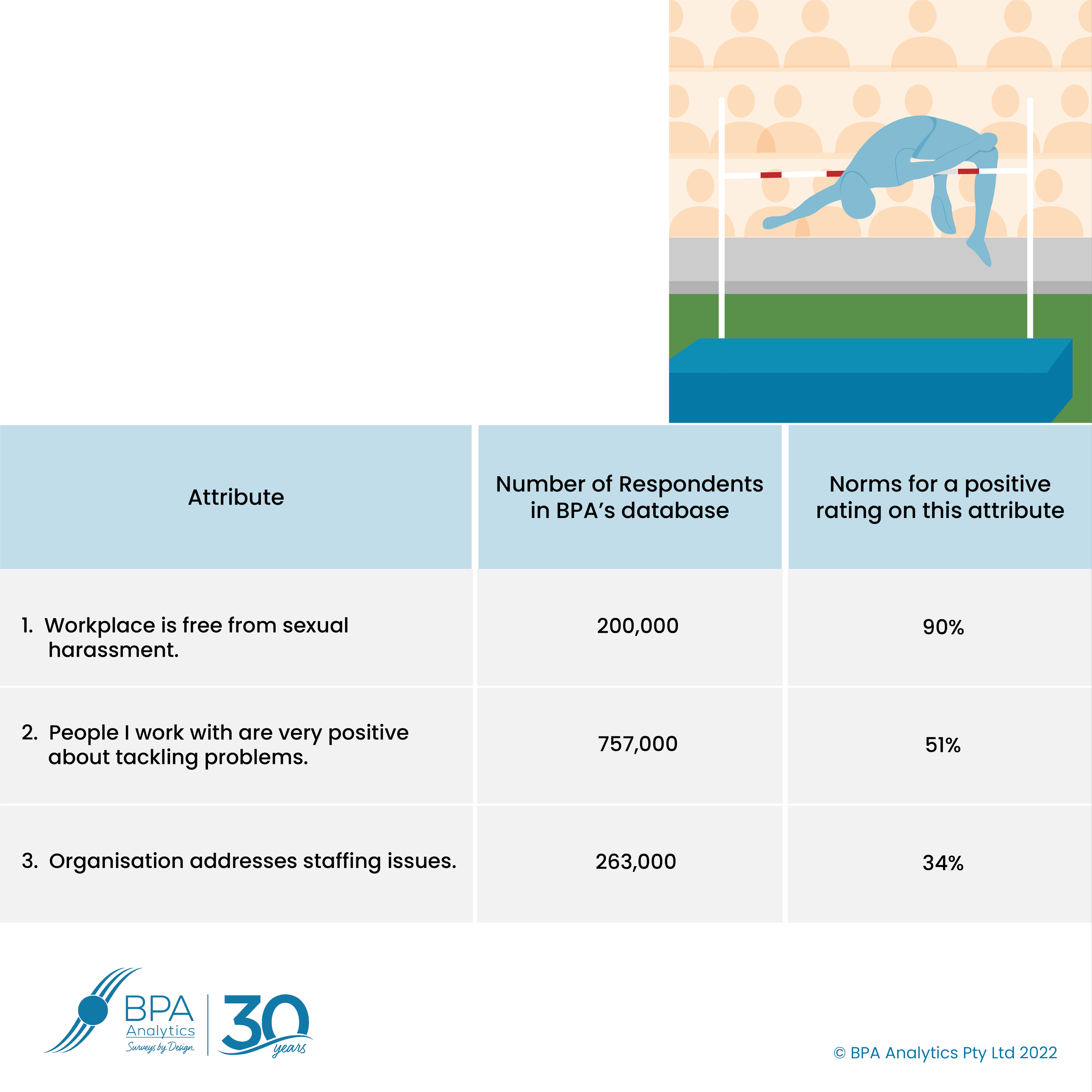What are the different types of Word Analysis?
/In our previous post, BPA explained that analysing ‘Word Data’ helps organisations to understand their employees’ behavioural motivators and drivers, the causes and solutions for problems, and emerging opportunities and threats (among other things).
The three most common types of word analysis are:
Word counts – typically these are generated as Word Clouds in lots of software; they can provide pointers for further investigation but offer no real level of insight.
Verbatim – typically these are lists of narrative text where readers have to do a ‘hunt and pick’ to find the nuggets of useful insights. They can be very useful to give readers a comprehensive overview of issues but can also be laborious and time consuming.
Pattern Recognition – this is the ‘gold standard’ of word analysis. It involves highly specialised skill-sets and processes that unpack what seems, prima facie, to be an impossibly complex tapestry of opinions and mental maps and translates them into actionable patterns of behaviours and motivators. And yes, this is one of BPA’s fields of expertise.
We call it ‘Linguistic Analysis’ and our clients love this diagnostic capability!







